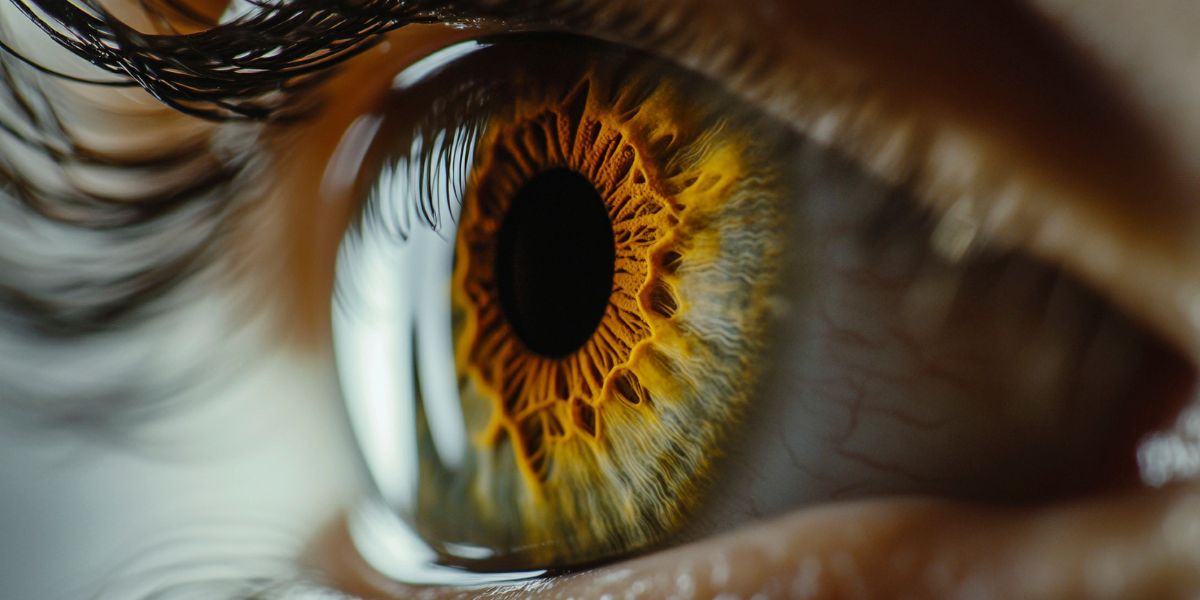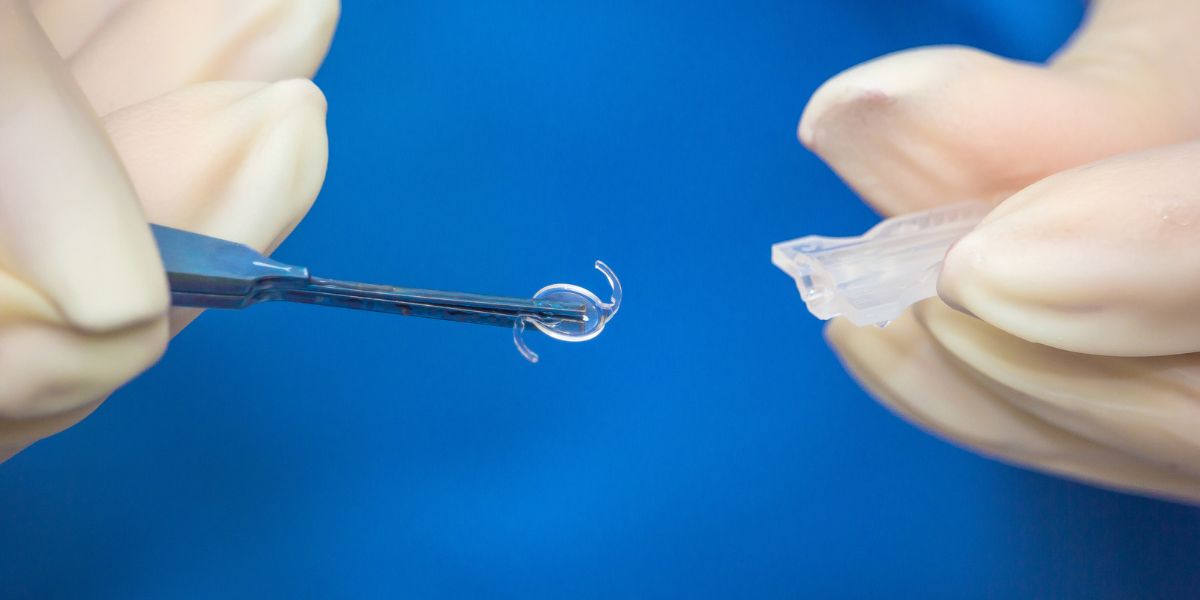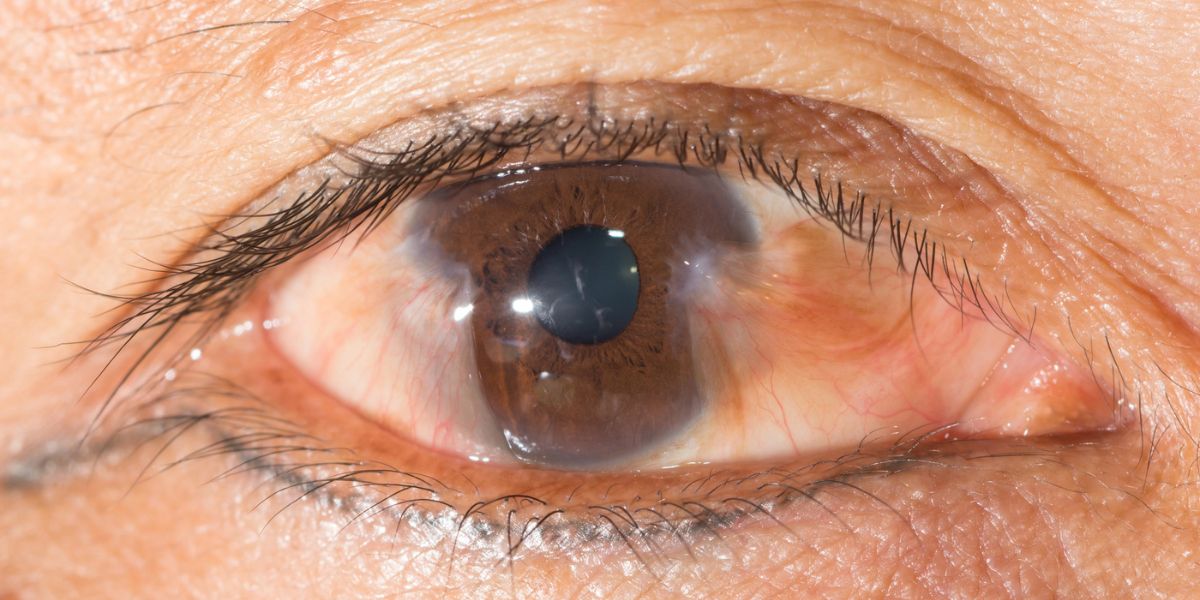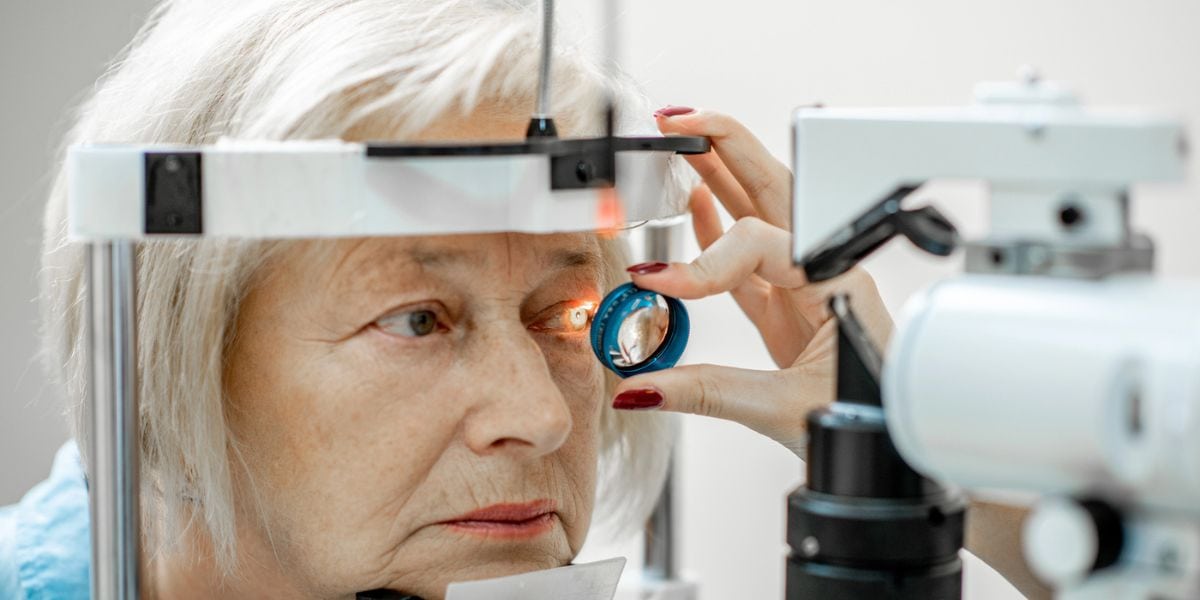
The History of IOLs: You’ve Come A Long Way, Baby!
Explore the history of IOLs, from early cataract surgery to today’s advanced lens technology, offering LASIK-level vision…

Can Pupil Size Reveal Intelligence? Maybe Size Really Does Matter!
Discover how pupil size might reveal surprising insights about intelligence, from reasoning skills to memory, backed by recent research.

What are Some Common Medications that can Cause or Worsen Glaucoma?
Glaucoma damages the optic nerve, and certain medications can increase the risk—learn about drug-induced glaucoma and its impact on vision.

Alcohol and Dry Eye Syndrome: Understanding the Connection
Discover how alcohol consumption can worsen dry eye symptoms, what to watch for, and tips to protect your eye health while drinking.

Cataract Lens Replacement Failure: What Can You Do About It?
Discover why cataract lenses fail and explore effective solutions to improve your vision after surgery today.

Are Cataracts at a Young Age Getting More Common?
Cataracts typically develop after 50, yet surgeries are increasing in younger patients. Is earlier intervention needed?

Patients are raving about the enVista® Envy™ Trifocal IOL Lens
AGEI ophthalmologists Drs. Kerry Assil and Avneet K. Sodhi Gaur have added the latest technology to their arsenal of vision-correcting intraocular lenses (IOLs).

What Are the Causes of Double Vision and How Can They Be Addressed?
Seeing double? 👁️ Learn what causes diplopia, how it affects your vision, and when it might signal a more serious issue.

Understanding Pinguecula: Causes, Symptoms, and Treatment
A pinguecula is a harmless yellowish bump on the eye’s white area. Discover its causes, symptoms, and treatment options.

Can Vitamin D Help Relieve Dry Eye Disease? A New Study Says Yes!
Discover how Vitamin D may relieve dry eye disease symptoms, improving tear production and reducing discomfort in recent study participants.

Can Stress Increase Eye Pressure in Glaucoma Patients?
Can stress raise eye pressure in glaucoma patients? Discover how psychological stress may increase intraocular pressure (IOP) in those with primary open-angle glaucoma (POAG) and impact their condition.

Discovering the Colors that Cats and Dogs See: Exploring Their World!
Ever wonder how your pet sees the world? Cats and dogs have dichromatic vision, seeing primarily in shades of blue and yellow.














